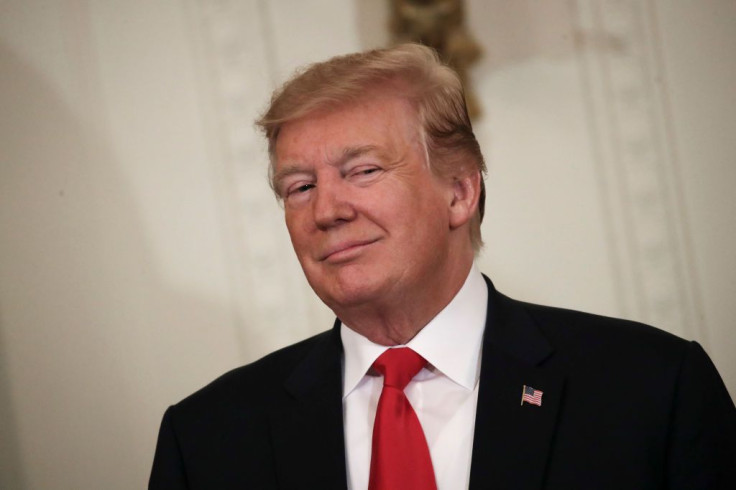Dow Could Open 100 Points Higher Over US-Mexico Tariffs Deal

The benchmark Dow Jones Industrial Average might or might not open more than 100 points higher Monday as investors remain antsy over the possibility president Donald Trump could suddenly levy tariffs on Mexico on a mere whim.
Stock futures indicate the Dow might open more than 100 points higher Monday with the halt to the U.S. tariffs against Mexico. Some analysts saw this forecast as a stretch, however.
“There is still uncertainty around the treaty because the president can still impose tariffs if Mexico doesn’t comply with the deal,” said Komal Sri Kumar, president of Sri-Kumar Global Strategies, a macroeconomics consulting firm based in California.
“What does this mean? It means that, if the U.S. feels Mexico isn’t doing enough to stop immigration into the U.S., tariffs will be imposed. My feeling is this is going to happen sometime in the next few months.”
Trump's continued tariff threat against Mexico continues to unnerve markets, which still face uncertainty over the escalating trade war between the United States and China.
However, Trump on June 7 temporarily ended his threat of a 5 percent tariff on Mexican goods that would be in effect June 10. He announced early Friday both countries had signed an agreement that meant the tariffs are “hereby indefinitely suspended.”
Trump said Mexico “has agreed to take strong measures to stem the tide of migration through Mexico, and to our southern border. This is being done to greatly reduce, or eliminate, illegal immigration coming from Mexico and into the United States.”
On Sunday, however, U.S. Treasury Secretary Steve Mnuchin said the threat of sweeping tariffs can be brought back if Mexico fails to live up to its commitments. These remarks left investors on tenterhooks despite the Dow on Friday closing 263.28 points higher at 25,983.94 to herald its best week since November 2018.
Adding to Wall Street’s optimism are hopes the U.S. Federal Reserve will likely cut interest ratesin the third quarter after job numbers on Friday showed a gain of only 75,000 jobs in May compared to the consensus forecast of 180,000.
Last week, Fed chairman Jerome Powell said the central bank is “closely monitoring the implications of these developments for the U.S. economic outlook and, as always, we will act as appropriate to sustain the expansion.”
© Copyright IBTimes 2024. All rights reserved.




















